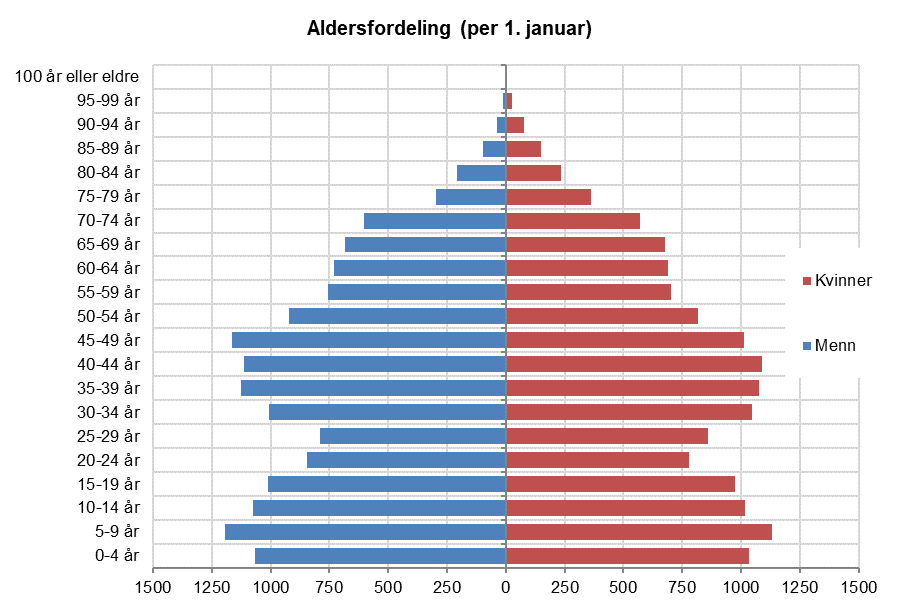

The abundance of Kenya's wildlife owes everything to one of Africa's most innovative and successful conservation communities. And Kenya is the perfect place to answer Africa’s call of the wild. Africa is the last great wilderness where these creatures survive. But Kenya is also home to the red elephants of Tsavo, to Amboseli elephant families in the shadow of Mt Kilimanjaro and to the massed millions of pink flamingos stepping daintily through lake shallows. Kenya is the land of the Masai Mara, of wildebeest and zebras migrating in their millions with the great predators of Africa following in their wake, of endangered species like black rhinos managing to maintain their precarious foothold. Drawing near to these cultures could just be a highlight of your visit. The Maasai, the Samburu, the Turkana, the Swahili, the Kikuyu: these are the peoples whose histories and daily struggles tell the story of a country and of a continent – the struggle to maintain traditions as the modern world crowds in, the daily fight for survival in some of the harshest environments on earth, the ancient tension between those who farm and those who roam. Proud Peoplesįilling the country's landscape, adding depth and resonance to Kenya’s age-old story, are some of Africa’s best-known peoples. In short, Kenya is a country of epic landforms that stir our deepest longings for this very special continent. It’s the lush, palm-fringed coastline of the Indian Ocean, it’s the Great Rift Valley that once threatened to tear the continent asunder, and it’s the dense forests reminiscent of the continent’s heart.


It’s the snow-capped mountain almost on the equator and within sight of harsh deserts. It’s the lone acacia silhouetted on the savanna against a horizon stretching into eternity. When you think of Africa, you’re probably thinking of Kenya. Traditional peoples who bring soul and color to the earth. In addition, there are several Swahili creoles and pidgins: Cutchi-Swahili, Kisetla (Settler Swahili), Engsh, Sheng, Shaba Swahili (Katanga Swahili, Lubumbashi Swahili), Ngwana (Congo Swahili), Kikeya.Vast savannas peppered with immense herds of wildlife.

Sabaki is a Pokomo word for Large Fish or Crocodile. The Sabaki languages are the Bantu languages of the Swahili Coast, named for the Sabaki River.


 0 kommentar(er)
0 kommentar(er)
